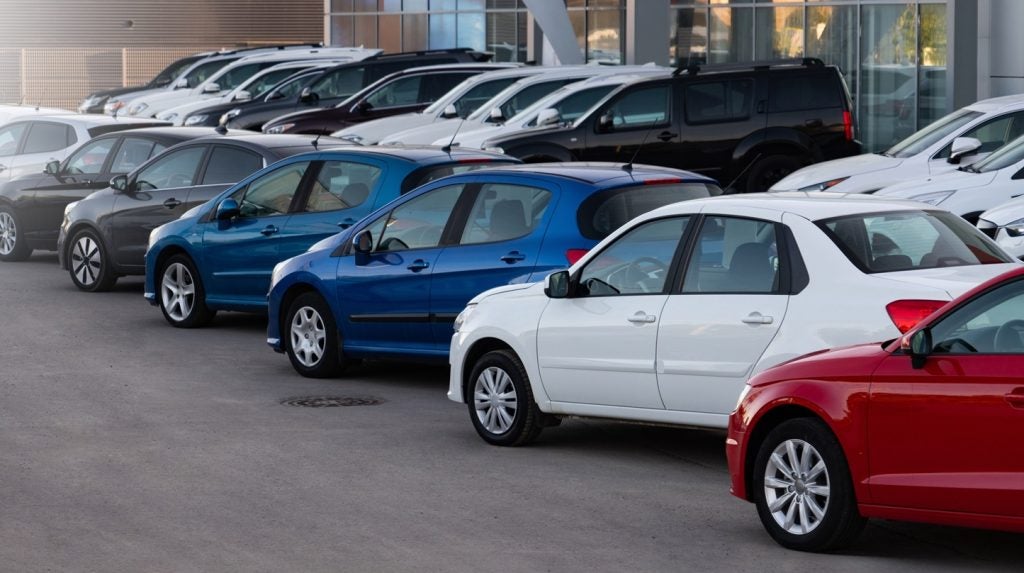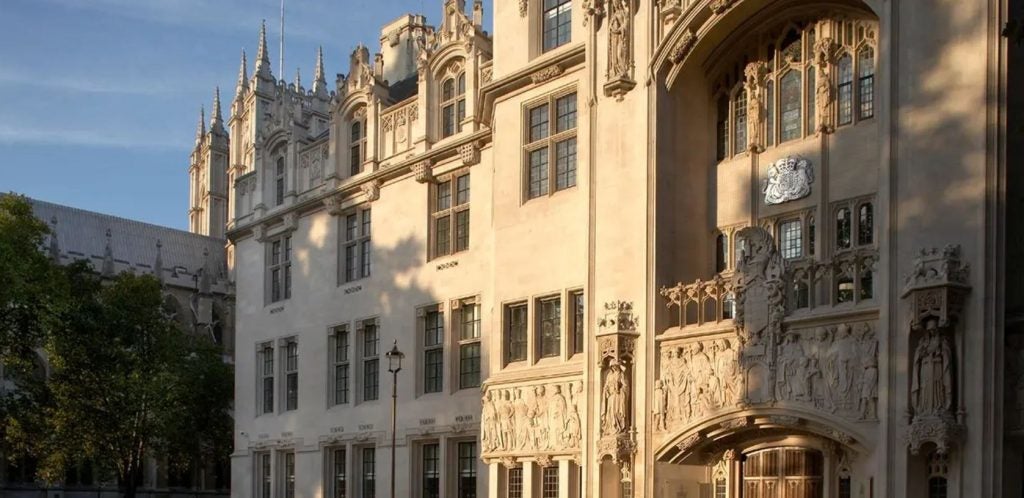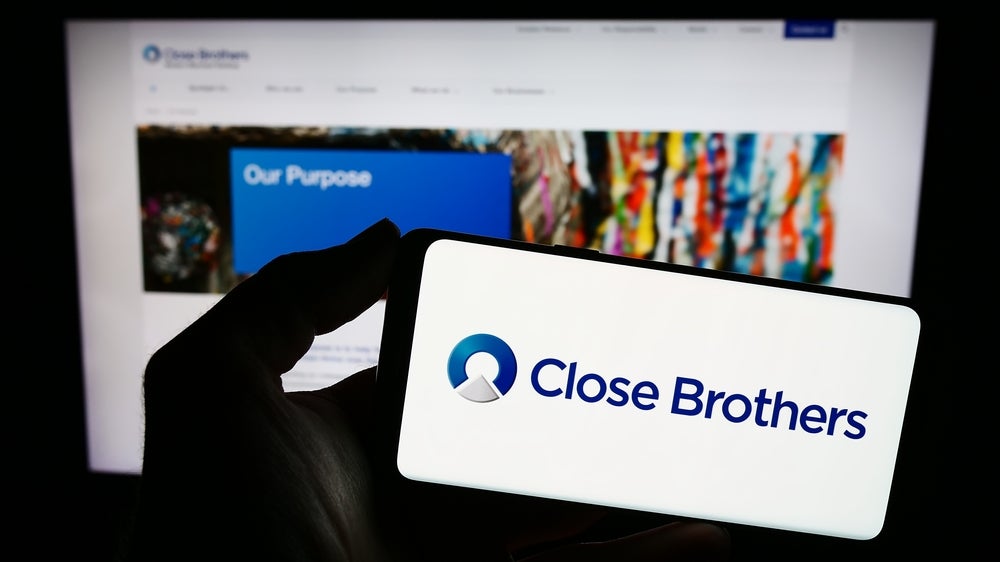
With a new chair, managing director and head of finance all recruited in the last year, a new lineup being launched, and an exciting new strategy in place, Jonathan Minter finds out how the finance proposition is central to SsangYong’s plans.
There appears to be a sense that the launch of a new model of the Rexton is going to be something of a watershed moment for the UK arm of Korean manufacturer SSangyong.
In September Jim Tyrell was named non-executive chair, and in 2018 he has been followed by Nick Laird, managing director, and John Chisholm, director of financial services.
Chisholm joined the company out of retirement, having established and then led Mitsubishi Finance in the UK for 27 years previously. It was during this time he first met Tyrell, who also worked at the Japanese manufacturer for a number of years. While this relationship was part of what coaxed Chisholm back into work, two other reasons were also key.
The first was his excitement over the new brand, and he jokes: “They had me at new Rexton.”
Laird agrees, describing the current model changes – the recently released Rexton and the upcoming Musso pick-up truck – as the start of a “renaissance” for the Korean manufacturer, something he hopes will lead to more customers.
How well do you really know your competitors?
Access the most comprehensive Company Profiles on the market, powered by GlobalData. Save hours of research. Gain competitive edge.

Thank you!
Your download email will arrive shortly
Not ready to buy yet? Download a free sample
We are confident about the unique quality of our Company Profiles. However, we want you to make the most beneficial decision for your business, so we offer a free sample that you can download by submitting the below form
By GlobalDataAs with all manufacturers, a strong finance offering will be key to growing the customer base. Currently SsangYong offers contract hire through Lex AutoLease, and has been offering finance through an agreement with GMAC. Both Laird and Chisholm agree that neither of these relationships have as yet been fully exploited.
The relationship with GMAC in particular will need to be examined in the near future. Formerly owned by US company GM, the company has since become Vauxhall Finance in the UK, a joint venture between Groupe PSA and BNP Paribas Personal Finance. The management team of the new Vauxhall Finance is in the middle of creating its strategic plan for the future.
Until this strategy is decided, the future of SsangYong’s finance could still change. Laird, for example notes: “GMAC was sold as part of the recent Vauxhall transaction, and therefore its approach to the marketplace may change. If that happens we may not be with them longer term, if our strategy and theirs are moving apart. But if our strategies stick together, and we’re both good for each other, we could stay with them longer term.”
While the future of Vauxhall Finance is still being decided, it seems certain SsangYong will be more proactive on the finance front in the future, as indicated by the recruitment of Chisholm. He describes the state of the SsangYong franchisees in the UK as feeling “a little bit like Mitsubishi’s did 27 years ago”, and says: “It’s a bit of a blank canvas. Not much has been done proactively on the finance side.”
This blank canvas was the other reason Chisholm found the idea of joining Bassadone Motors, SSangyong’s UK importer, so appealing.
The company has a number of immediate priorities. One of these is pushing the SsangYong brand: “Branding is going to be very important to us. There are only a couple of manufacturers in the UK that operate a finance company arrangement through someone else’s brand. So, one of the early things we want to do is start to use the name SsangYong Financial Services.”
Regardless of whether this is with its existing partner or a new provider, Chisholm says the intention is to focus more on finance: “Finance has not really been a priority from the importers’ perspective. Periodically they have put together schemes, and generally dealers have the availability of finance, but the way everything is put together from a dealer and a consumer perspective can be built upon.
“There is a huge opportunity. The company has fragmented finance arrangements in place which need to be tidied up. It has not had a huge amount of focus, and that is what we are going to provide it with.”
This will include developing a more consistent consumer finance proposition.
SsangYong welcomed the year with a 0% APR HP finance offer, and Laird says he is happy with the offer’s success. “Interestingly our 0% finance page has more traffic than our homepage,” he notes.
Laird adds that part of the problem SsangYong has in increasing finance penetration is that it tends to attract older, rural, cash-buying consumers. He says: “We get quite a lot of cash buyers for our customers because they are older and have cash, or they are retired and have a pension. We tend to get uptake on 0% anything, because it is not their money. But as soon as there is any interest rate involved, they go, ‘I’ve got money in the bank, I’ll just buy it then’.”
SsangYong went with a 0% HP – as opposed to a 0% PCP – for a few reasons, one of which was the speed with which the company could put out such an offering. With both Laird and Chisholm joining the company near the end of 2017, the company still had work to do on its PCP before promoting a product designed to push volume. Chisholm notes the company is still in the process of reviewing its terms, looking at how it sets its residual values, how it is weighted, and so on.
Having a strong PCP product will likely be an important weapon in SSangyong’s arsenal if its new product line does succeed in enticing a few more semi-rural or semi-urban customers. While Laird does not envisage a central London dealer for the brand, he does say: “There are a number of places where we are talking to dealers, and they’re normally at the edges of the cities. Where they have space for many cars, some of these people are not solely SsangYong, and many are selling other brands which are quite complementary.”
Contract hire
Building a strong PCP offering to go with the new models and dealers is likely something for the medium term. For now, SsangYong’s reputation as a maker of hardy 4X4s suitable for more rural locations has increased the importance of having a strong contract hire offering, both business and personal.
SsangYong’s customer base heavily features small businesses, and Chisholm says that in previous roles he has had he has found 4X4s and pick-ups used by small businesses in rural locations tend to experience a high penetration of contract hire. Asked why this method of finance works so well in these markets, he speculates: “Funding is very easy – they pick up the car, use the car, change it at the end of three years and go off in a new one.”
The slightly specialised nature of SsangYong means that when it looks for contract hire partners, it will need companies with experience in the same field. Laird notes: “Our vehicles are great for people who have horses for the weekend, or where their business needs mean they occasionally need to get on to a farm and drive across a field or what have you.
“We are looking for the kind of contract hire companies who understand these slightly more rugged requirements, rather than one that is superb at, say, luxury vehicles, but are all coupés or GT cars. That is not what we are, so that would not be a good fit.”
Looking ahead, Chisholm says: “In the first quarter the plan involves beginning with competitor analyses, looking at what competitor models have got on, what they are doing, whether they are HP-driven, 0% finance, or contract hire.
“Following this, the finance team will sit down with the car company and talk through where it wants to be, how they want to compare with their competitors and so on. Combined, this should give SsangYong a full plan to sit down with its finance providers and decide what attractive offers it has in place.”
From this, Chisholm says: “I hope by the second quarter we will be well on our way to launching things that will enable us to have some consistency of approach for the remainder of the year. If we need to buy a bit more time, like PCP, for example, then we can develop something for that a little bit later in the year.”
Beyond the finance, Laird concludes: “We are indeed expecting sales to increase. We have got a number of new dealers as a result of the new product line up that we’re looking to announce over the coming months. Even if you did nothing else, that would add volume.
“We’ve got good products, and more in the pipeline with the market coming towards us.”







